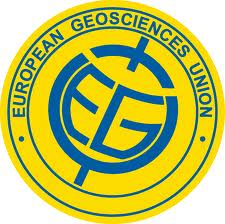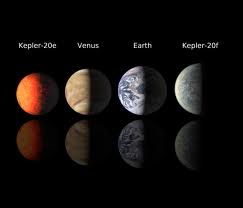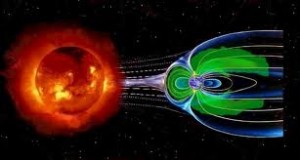 All this week (7th April -12th April) I’m attending the European Geosciences Union (EGU) General Assembly 2013, held in Vienna, Austria. The conference has in the region of 11000 attendees, 13,500 submitted abstracts and more than 600 sessions, workshops and short courses, all related to the geosciences.
All this week (7th April -12th April) I’m attending the European Geosciences Union (EGU) General Assembly 2013, held in Vienna, Austria. The conference has in the region of 11000 attendees, 13,500 submitted abstracts and more than 600 sessions, workshops and short courses, all related to the geosciences.
In these next few blog posts (not sure how many I’ll get to write yet!), I’ll be giving you an insight into my time at EGU (which is extra exciting for me, as it is my first international conference). I’ll be attending a range of talks, poster sessions, short courses and panel discussions; I hope to give you highlights of my favourite bits. There is so much going on that this will only give the briefest tour of what is on offer here, but there are plenty of sources where you can keep up to date with all the rest of the geosciences action– see the bottom of this post for details on those.
Day 1 – Sunday 7th April – Ice Breaker
I traveled to Vienna today and met up with other colleagues from Liverpool University. The seismology group have sent a number of delegates, as well as the geomorphology group at the geography department. Not much science happens at the ice breaker (at least not in my case), but we all enjoyed the free wine and food, an excellent way to start the conference :)!
Day 2 – Monday 8th April – Super Earths
My day was dominated by science related to Planetary Evolution. How much do we know about the deep interior of rocky planets and what can that tell us about their ability to generate magnetic fields and how size might be related to the onset of plate tectonics.
Tilman Spohn was awarded the Runcorn-Florensky Medal for his contributions to planetary science and gave a lecture on the thermal history of planetary objects. What is the state of matter in the deep interior of planets? In most cases, it seems we have a fair handle on this. So, take the Moon, for example, from seismic data we now know it has a core and solid inner core, but at what point was it able to generate its own magnetic field? He explored the Iron Snow Regime, which provides a mechanism by which, initially no dynamo would have existed, but one could have developed later in the Moon’s history. The lecture also presented the idea supported by many that Plate Tectonics need to operate for complex life to evolve on a planet, but is the size of a planet related to its ability to have a mobile mantle and therefore moving plates? Can plate tectonics feasibly operate in large planets know as Super-Earths?  Some authors believe that there is a planetary mass range that favours the development of plate tectonics and that the probability of plate tectonics occurring may well peak at an Earth sized planet. Is it therefore, just chance that life developed on Earth?
Some authors believe that there is a planetary mass range that favours the development of plate tectonics and that the probability of plate tectonics occurring may well peak at an Earth sized planet. Is it therefore, just chance that life developed on Earth?
I also went along to John Tarduno’s talk on: Dynamo’s, Planetary Evolution and Life. He presented palaeomagnetic results from the Jack Hills Unit in Australia, that pass a conglomerate test (indicating they are at least the same as the depositional age of the conglomerates) and which record the weakest field intensities recorded so far in the Archaean: 7µT. Tarduno also discussed the implications of these results with relation to the ability of the Earth to retain water and it’s atmosphere at this early stage of its life. Although the evidence suggest there was an active dynamo at this time (Tarduno et al.2010, Biggin et al.,2011, as well as the data reported in the talk), it’s not clear how much protection from solar wind the early geomagnetic field would provide. It is also thought that standoff distances between the Sun and the Earth might have been much reduced and the effects of stellar activities strongly felt on the Earth’s surface. Perhaps there might be some other factors influencing the retention of an atmosphere and water early in the Earth’s history? Was there an initial super ocean on Earth, or a delivery during the Hadean/Archaean, which would allow for water loss, whilst still retaining sufficient to develop the planet into the body we know today?
Tomorrow is the big palaeomagnetism day, with both poster and oral session, watch this space for more highlights!
For more EGU action from other blogs and twitter, take a look at:
GeoLog (http://geolog.egu.eu/) and the EGU Blog Network (http://blogs.egu.eu) will be updated regularly throughout the General Assembly.
Keep up to date via Twitter by following (@EuroGeosciences) with the conference hashtag (#egu2013).
Some selected references:
Tarduno & Cotrrell, (2013) Earth and Planetary Science Letters,367, 123-132,2013.
Biggin et al., (2011), Earth and Planetary Science Letters, 302,314-328.
Tarduno et al. (2007) Nature, 446,657-660.
Tarduno et al. (2010) Science, 327 (5970).

Leave a Reply